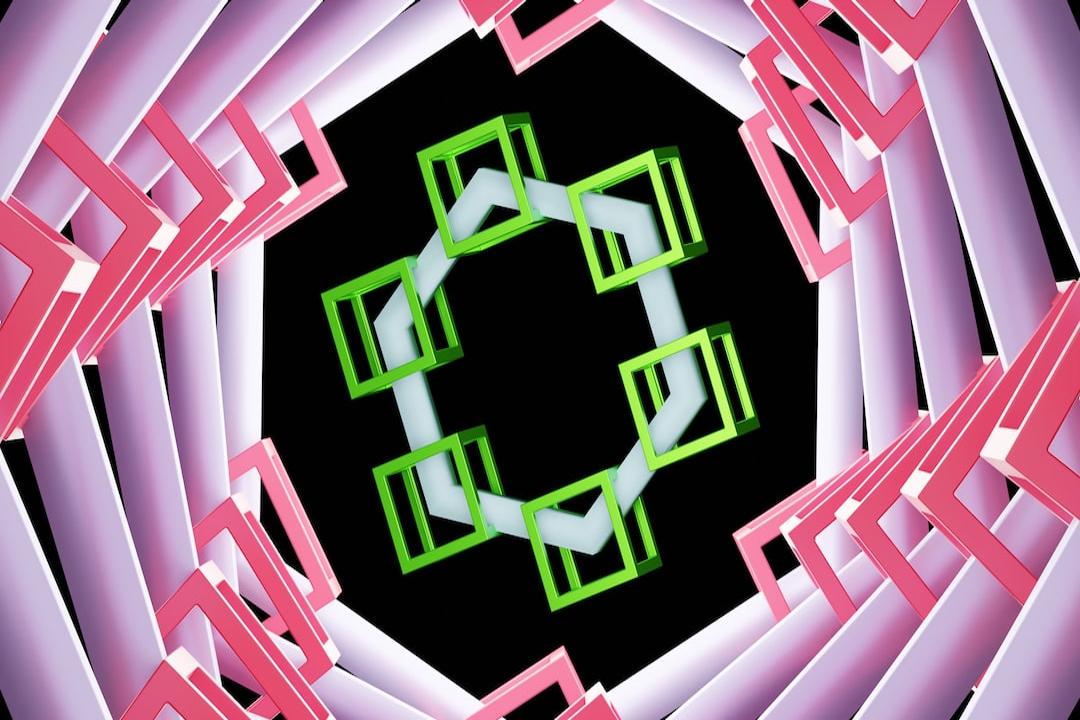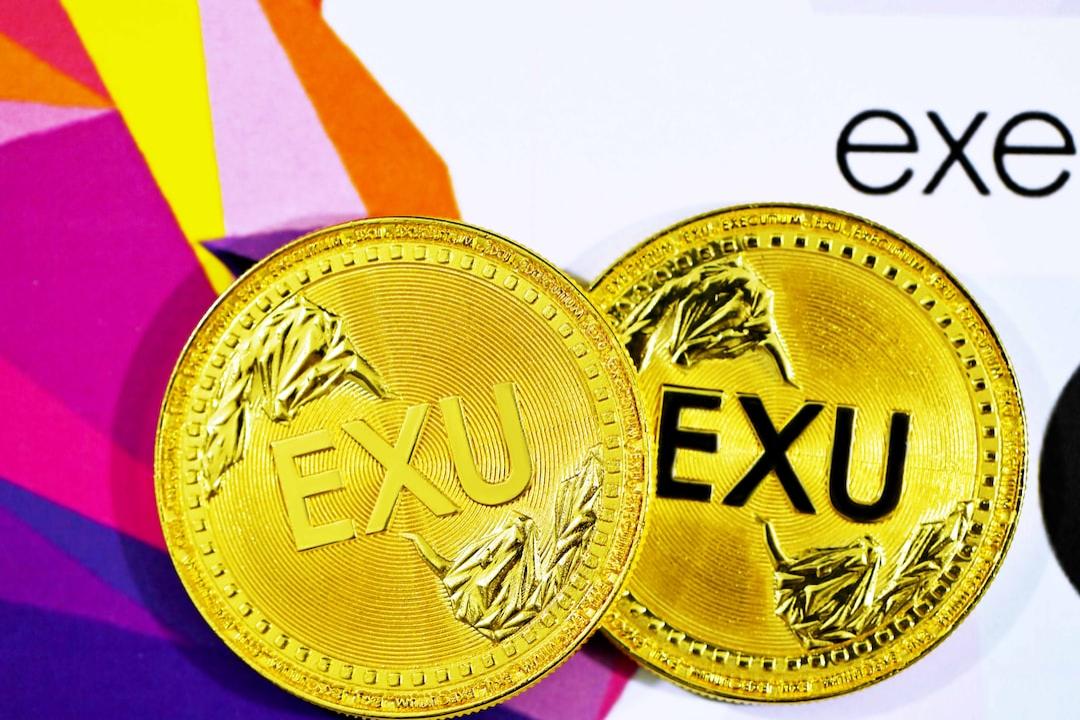Nowadays, the Solana developer ecosystem has more than 2,500 monthly active open source repository developers, with professional developers continuously joining the ecosystem and the developer environment becoming more mature. This article is based on the article “The 2023 State of the Solana Developer Ecosystem” by the Solana Foundation, provided by Gen3.
Table of Contents:
Part 1: Understanding the Solana Developer Ecosystem
Number of monthly active developers
Developer retention rate
Developer experience distribution
Growth of developers and hackathon teams
Part 2: Development on Solana
Developer experience
Developer documentation and implementation examples
Educational courses and training programs
SDK and development frameworks
Local development tools
Tooling Parity with various EVM development tools
Maintenance
Testing and debugging
Security
Data analysis
Future outlook
References
Gen3
In 2023, the Solana ecosystem made significant progress in development tools, developer experience, and programming language diversity. As of now, there are still over 2,500 monthly active developers contributing to Solana’s open-source code, making the Solana development environment more mature.
Let’s now review the key indicators and the latest developments in development tools in 2023:
The robustness of the developer ecosystem is a key indicator of the health of a public chain. Solana considers the following four key indicators as references:
Number of monthly active developers
Developer retention rate
Distribution of developer experience
Growth of developers and hackathon teams
Number of monthly active developers

One of the most intuitive ways to measure the growth of a public chain is to observe the number of active developers developing on that chain. The Solana Foundation uses an open-source service to collect developer data, and there are public documents available to verify the data collection method and authenticity. According to this research method, Solana has consistently maintained 2,500 to 3,000 monthly active developers over the past year.
It is worth noting that this indicator only counts developers contributing to public repositories (Repo), and development activities in private repositories are not included in this data. Therefore, the actual number of active developers is more than what the data shows.
Developer retention rate

In addition to observing the number of monthly active developers, the retention rate of developers also plays an important role because a low retention rate of developers makes it difficult to achieve sustainable growth. In this report, the retention rate is defined as developers who have “at least one development record” within three months of joining, which is considered successful retention.
In 2023, the developer retention rate in the Solana ecosystem increased from 31% to over 50%, indicating that more new developers have been retained compared to previous years.
The increase in retention rate may be attributed to the following reasons:
Continuous optimization of the developer onboarding process
Solana has become a better choice for developers
Increased opportunities in the ecosystem
In the past year, the Solana Foundation has published multiple guides to guide developers on how to get started. At the same time, by organizing various developer training camps with different topics and levels, an average of 400-500 advanced developers willing to continue development on Solana are produced every six months. According to recent Solana Hyperdrive Hackathon data, about 50% of the top 150 submissions are from these trainees, and about 50% of the final winners are also from these training camps.
In addition, teams in the Solana ecosystem have provided great assistance, with a focus on Helius publishing an introductory article on why developers should choose to develop on Solana.
We can also observe an increase in job opportunities from the growth in the number of job postings on Jobs Solana. From 15 job postings in January 2023 to 95 job postings at the time of writing, with an addition of 41 job postings in December alone. Although the increase in job openings is not directly related to retention rate, providing job opportunities to retain talent is also an important phenomenon.
Distribution of developer experience

Projects built by experienced developers usually perform better in acquiring new users, indicating that developer experience directly affects the overall success of a public chain. According to statistics, over half of the developers in the Solana developer ecosystem have at least 3 years of experience, bringing strong development momentum to Solana.
Solana Hacker House is a one-week event organized by the Solana Foundation, providing a learning and networking opportunity for developers and entrepreneurs. According to statistics, among the 1,059 developers who participated in the 2023 Solana Hacker House, 52.5% had over three years of development experience.
Growth of developers and hackathon teams

Since its launch in March 2020, Solana has become the second-largest ecosystem in terms of monthly active developers globally, despite being relatively young compared to other public chains. Through proper resource allocation, the Solana Foundation has been operating and funding various types of ecosystem development projects, including Solana Hackathon, Solana Hacker House, Breakpoint, educational training camps, and student activities. In addition to the official initiatives, many regional communities have made significant contributions to the ecosystem, such as SuperteamDAO, mtnDAO, Metacamp, and Gen3 from Taiwan.
Since its inception, the Solana Foundation has considered Solana Hackathon as an important indicator to evaluate the health of the developer ecosystem. To provide tangible assistance to developers, the Solana Foundation has raised over $6 billion in funding since 2020, sponsored eight Hackathons, and successfully launched over 3,000 projects. It is worth noting that the total number of project submissions has been increasing with each Hackathon, and the recent Solana Hyperdrive received over 900 project submissions, breaking previous records.
The growth of the Solana ecosystem has largely come from newly added regions. The global developer ecosystem develops in a bottom-up and inside-out manner, rather than solely driven by the official initiatives. A classic example is the developer community SuperteamDAO centered around India, which expanded to other countries at the beginning of 2023 and now has branches in eight countries. Other groups with similar concepts include Gen3 from Taiwan, MetacampDAO from Singapore, and mtnDAO from the United States.

Instead of tracking regional development data daily, the Solana Foundation observes the growth rate of different regions through the Solana Hackathon held every six months. The recent Hyperdrive Hackathon had participants from 151 countries, and ultimately, participants from 65 different countries submitted final projects.

In the past, the United States has always had the highest number of participants in Solana Hackathons, followed closely by India. In recent years, the proportion of teams outside the United States submitting projects has significantly increased, from 76% in 2021 to 91% in Hyperdrive. Countries with abundant software engineering resources, such as India, Germany, China, the UK, Turkey, and Vietnam, have always been the focus of attention in these developer communities. In the coming year, countries worth noting include Brazil and Latin America, Japan, France, Nigeria, Israel (including Taiwan).

As the most mature region in the Solana ecosystem, teams from the United States still dominate the winning ratio in Hackathons, but these figures are changing gradually as the landscape shifts.
Development on Solana
The adoption of blockchain technology requires robust infrastructure and developer tools. When developers choose an ecosystem, they are mainly influenced by two factors:
Developer experience
: How easy or difficult it is to learn and develop products on this chain
Maintenance:
The time and cost required to maintain and monitor products in a production environment
Developer experience
When deciding whether to develop on Solana, developers may ask the following questions:
Developer documentation and implementation examples: How easy it is to refer to documentation and resources during the development process
Educational courses and training programs: What learning resources are provided to developers?
SDK and development frameworks: Are there user-friendly SDKs and development frameworks to accelerate product development?
Local development tools: Are there flexible tools to quickly prototype products?
Tooling Parity: Are there equivalent tools in the Solana development tools compared to other ecosystems (e.g., Hardhat for EVM)?
Documentation and implementation examples
The current documentation of Solana mainly consists of conceptual content, including introductory guides to help new developers get started. In the past year, Solana has published a large number of sample codes to assist anyone developing applications on the Solana chain, which helps drive the launch of the on-chain developer ecosystem.
Solana Cookbook contains rich client code examples, with hundreds of code snippets in at least three different programming languages for each example.
Due to the fast-paced protocol updates of Solana, there is currently a lack of real-time internal information for developers who need to obtain the latest operational information of the protocol.
Solana Optimization Docs and Protocol Specs aim to fill these gaps. As Solana continues to mature, unofficial research entities like Umbra Research have started writing articles on the internal operation mechanisms of Solana.
Educational courses and training programs
There are currently several comprehensive educational courses and training programs available to help developers integrate into the Solana ecosystem. These include self-paced courses and instructor-led learning group programs. The diverse structure of educational programs helps developers learn in their preferred ways and increases the chances of participants completing the learning process.
The following are the courses and training programs in the past 12 months:
Self-paced courses and training programs
Unboxed Solana Course
FreecodeSolana has a powerful SDK and primarily uses React and Next.js for UI frameworks. When evaluating various programming languages, there are three indicators to consider:
1. Solana SDK: Is there an SDK available for that language?
2. Program Framework: Is there a corresponding development framework?
3. Developer Impact: What percentage of developers have used that language?
Developers who have recently joined the Solana ecosystem can now develop Solana using TypeScript alone, without the need to learn Rust or develop Solana smart contracts. Additionally, developers from different technical fields have new tools available to them. Game developers can use the full-featured Unity SDK, Godot SDK, and Unreal Engine SDK, while fintech developers can quickly onboard and use SolanaPay.
The most popular frontend frameworks currently are React and Next.js. To make the development experience easier, Solana provides scaffold and wallet-adapter for these frameworks.
– Scaffold: A tool that allows developers to quickly create templates.
– Wallet-adapter: A tool that facilitates integration with Solana wallets.
The local development environment integrates a set of tools to reduce barriers when developing new applications. Developers can develop on their local machines, which speeds up development and reduces costs.
Solana’s local development tools include the Solana Tool Suite. This suite enables developers to run and test nodes, send transactions, airdrop, deploy smart contracts, and test in different environments, all from their local machines. However, compared to mature tools like Foundry on the Ethereum Virtual Machine (EVM), the process of fetching accounts on Solana requires more manual operations due to the stateless nature of smart contracts on Solana. Additionally, the Solana protocol provides serialization options when interacting with smart contracts, which results in a lack of unified standards for communication. However, these issues can be addressed in the near future.
For developers who are new to Web3, Solidity is often the first blockchain programming language they choose. This initial exposure to the EVM makes it more challenging for them to transition to the Solana ecosystem because they have to abandon their familiarity with the EVM’s account model. Among the 5,800 active Solidity developers, only 7% have tried developing on Solana.
There are already tools available to accelerate Solana adoption and help developers familiar with EVM iterate faster. Some projects that support Solidity development on Solana include Neon, an EVM-compatible developer environment, and Hyperledger Solang, a Solidity compiler on Solana. Most major tools available for the EVM ecosystem have equivalent tools on Solana. Considering Solana’s emerging status compared to the EVM, the developer ecosystem is actively constructing all the necessary tools to improve the developer experience. While it hasn’t reached the high standards set by Foundry, the Solana ecosystem continues to improve and optimize its development tools.
Maintenance convenience involves several aspects:
1. Testing and Debugging: Solana provides a range of tools to make testing and debugging easier, such as the Bokken debugger and ledger-tool. These tools allow developers to step through Solana-based smart contracts and understand the account state for each line of code. The Mocha testing framework in the Anchor framework is widely used for testing Solana smart contracts. The recently released Solana Bankrun offers faster testing and more testing capabilities. Solana-program-test also provides similar functionality and speed. However, Solana currently lacks code coverage tools for smart contracts. While general Rust code coverage tools can be used, most of them cannot accurately measure smart contract code coverage. The most commonly used Solana logger is solana-program, which allows developers to extract logs from smart contracts and import them for analysis using tools like Geyser or sologger. Additionally, there are SaaS tools like Ironforge that help monitor application logs in production environments. The Anchor framework has made improvements to basic logging to avoid many early limitations. The Anchor framework currently provides basic event handling functionality, but infrastructure support is still needed for real-time event queues. There are proposals expected to improve this.
2. Security: Developers can use Github Actions for basic scanning to identify small vulnerabilities in smart contracts before deployment. Any legitimate smart contract developer will have their contracts audited by third-party companies within the ecosystem. Fuzz testing known vulnerabilities is a good method to maintain smart contract security, and frameworks like trdelnik can quickly test smart contracts to determine if they are susceptible to attacks. Real-time scanning for transaction abnormalities is ideal for proactive threat response in production environments, and Riverguard provides high-level scanning services on the mainnet to monitor the vulnerability of applications.
3. Data Analysis: Currently, many mainstream analytics platforms support Solana for observing market trends and performance data of applications and competitors. However, the availability and depth of data are limited due to the lack of widespread adoption of Interface Definition Language (IDL) in deployed Solana smart contracts. With the gradual adoption of the Anchor IDL framework, we can expect improvements in smart contract analysis.
Despite being only four years old, the Solana developer ecosystem has steadily grown and now has a robust ecosystem. There are still many opportunities in the Solana ecosystem, including further optimization of the local development environment, a more powerful event system, and more comprehensive examples of product development. The Solana Foundation will continue to develop the Solana developer ecosystem, encourage contributions from new developers, and improve development tools to create an ultimate developer experience.


